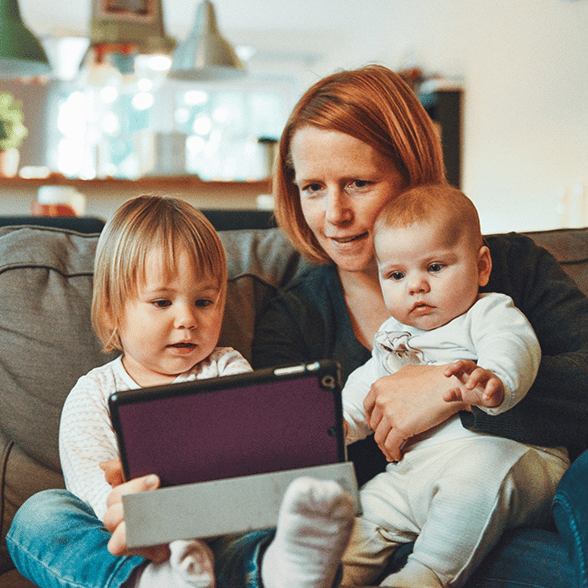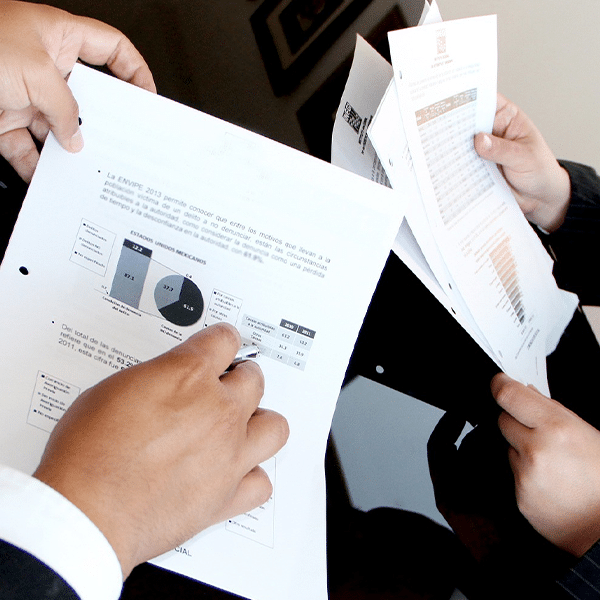The poorest U.S. cities saw substantial increases in the percentage of homes with broadband service between 2019 and 2021, according to a new report published by the Benton Institute for Broadband & Society. The report attributes the increases to broadband subsidy programs that cover all or some of the cost of broadband service for low-income households.
Among the nation’s 50 most populous cities, Detroit saw the biggest jump in broadband adoption, which went from 53.7% to 65.8% between 2019 and 2021 – a 12.1-point or 22.5% increase. Detroit also has one of the highest percentages of households at or below 125% of the federal poverty level at 37.3%.
Other cities that saw big jumps in broadband adoption were Cleveland, which saw adoption jump 11.3 points or 22% from 54% to 65.3%, and Baltimore, which saw adoption jump 10.6 points or 17.8% from 59.4% to 69.9%. Both cities have high percentages of households at or below 125% of the federal poverty level.
All three cities saw slower increases in broadband adoption over the previous two-year period between 2017 and 2019, which was before the Emergency Broadband Benefit (EBB) program was put in place. That program, which was introduced in response to the COVID-19 pandemic and replaced by the Affordable Connectivity Program (ACP) at the beginning of 2022, paid up to $50 a month toward the cost of broadband service for low-income households and households that experienced hardship as a result of the pandemic.
Adoption levels were virtually flat in Cleveland and Baltimore between 2017 and 2019 and Detroit saw adoption growth of 17% during that period.
The data on which the report was based came from the U.S. Census Bureau American Community Survey.
Broadband Subsidy Success
Overall, U.S. households saw adoption of wireline broadband increase twice as much between 2019 and 2021 as it did between 2017 and 2019. The percentage of households with broadband was 68.8% in 2017, increasing to 70.8% in 2019 and 75.5% in 2021.

The COVID-19 pandemic likely would have played a role in the broadband boost, even without the EBB subsidy, as the pandemic drove people to stay at home and rely more heavily on broadband. But the dramatic boost in the nation’s poorest cities suggests that broadband subsidy programs have had substantial success.
According to the Benton report, titled “Broadband Benefit Programs are Helping to Close the Digital Divide,” broadband subsidy programs can help address “subscription vulnerability” for low-income households.
It will be interesting to see what happens with broadband adoption rates moving forward. The ACP benefit is lower than the EBB benefit was — $30 a month rather than $50. However, many network operators are offering broadband plans priced at just $30 for ACP subscribers so that service is essentially free for qualified households.
The ACP is also poised to be more heavily promoted than the EBB was.



